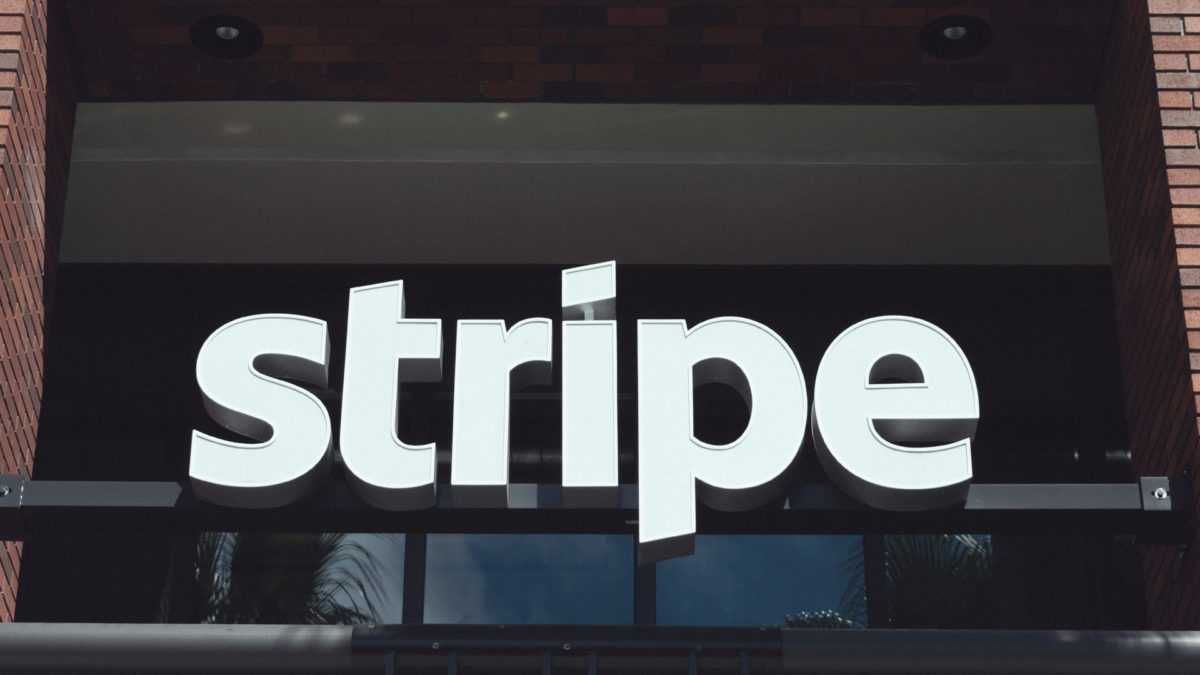JPMorgan says Stripe’s ‘twin revolutions’ in AI and money movement could unlock a $350 billion market
Quick Take Recent acquisitions and the launch of the Tempo blockchain mark Stripe’s return to crypto infrastructure as AI-driven commerce gains traction. The $107 billion fintech turned profitable in 2024 and now processes more than $1.4 trillion in payments each year, according to JPMorgan.

JPMorgan analysts said Stripe is positioning itself to lead what they described as “twin revolutions in intelligence and money movement,” forecasting the company could tap into a $350 billion-plus market opportunity by the end of the decade.
The report, published Thursday by analysts Jon Hacunda, Lula Sheena, and Celal Sipahi, highlighted Stripe’s growing role in both AI-powered commerce and digital-asset infrastructure.
The $107 billion fintech firm processes more than $1.4 trillion in payments annually across 195 countries and turned a profit last year, with net revenue climbing 28% year-over-year to about $5.1 billion.
JPMorgan described Stripe as “a beneficiary of borderless financial services” and said its early traction with AI startups gives it a structural advantage as "agentic commerce" scales.
Stripe has also made inroads into the crypto and stablecoin sectors though acquisitions of Bridge , a stablecoin orchestration platform, and Privy , a crypto-wallet provider. The company is also incubating Tempo, a Layer-1 blockchain built for high-throughput payments in partnership with Paradigm.
Stripe CEO Patrick Collison has described Tempo as “the payments-oriented L1, optimized for real-world financial-services applications.” Last week, the network revealed it had raised $500 million at a $5 billion valuation.
JPMorgan said those initiatives put Stripe in a position to benefit as AI agents, stablecoins, and programmable money become integrated into global commerce.
Still, the analysts noted risks tied to enterprise expansion, unbundling, and regulatory exposure, especially around stablecoin oversight in the U.S. and MiCA rules in Europe.
Disclaimer: The content of this article solely reflects the author's opinion and does not represent the platform in any capacity. This article is not intended to serve as a reference for making investment decisions.
You may also like
After bitcoin returns to $90,000, is Christmas or a Christmas crash coming next?
This Thanksgiving, we are grateful for bitcoin returning to $90,000.

Bitcoin security reaches a historic high, but miner revenue drops to a historic low. Where will mining companies find new sources of income?
The current paradox of the Bitcoin network is particularly striking: while the protocol layer has never been more secure due to high hash power, the underlying mining industry is facing pressure from capital liquidation and consolidation.

What are the privacy messaging apps Session and SimpleX donated by Vitalik?
Why did Vitalik take action? From content encryption to metadata privacy.

The covert war escalates: Hyperliquid faces a "kamikaze" attack, but the real battle may have just begun
The attacker incurred a loss of 3 million in a "suicidal" attack, but may have achieved breakeven through external hedging. This appears more like a low-cost "stress test" targeting the protocol's defensive capabilities.

